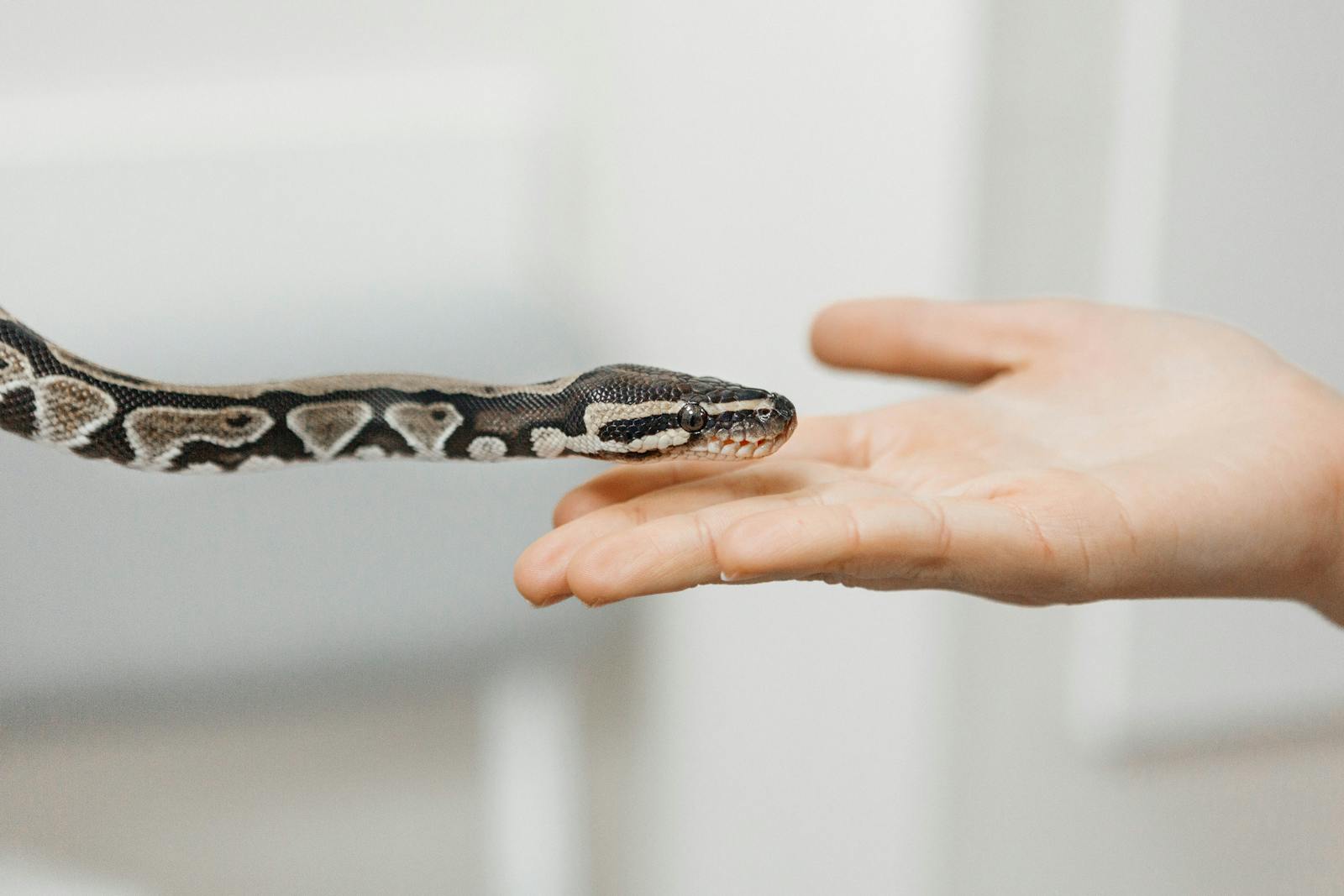For centuries, snakes have captivated human imagination, appearing in mythology, religion, and popular culture—often as symbols of fear and danger. Yet in recent decades, these reptiles have slithered their way into our homes as increasingly popular exotic pets. This growing trend raises important questions about the emotional capabilities of these ancient creatures. While dog and cat owners readily describe deep bonds with their furry companions, snake enthusiasts make similar claims about their scaled pets. But are these connections reciprocal? Do snakes truly recognize their owners or form emotional attachments comparable to mammalian pets? This article explores the fascinating science behind snake cognition, behavior, and their potential for forming relationships with humans.
The Fundamental Differences in Reptilian Brains
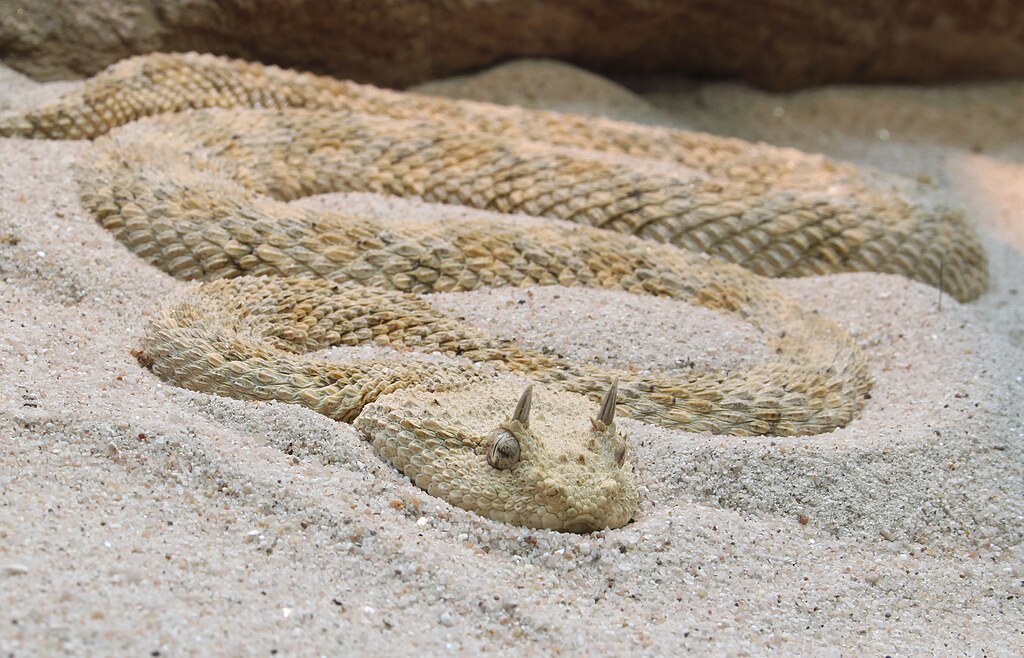
To understand snake “friendliness,” we must first acknowledge the profound differences between reptilian and mammalian brains. Snakes possess a relatively simple brain structure dominated by the basal ganglia and brain stem, regions primarily responsible for instinctive behaviors and basic bodily functions. Unlike mammals, they lack a neocortex—the brain region responsible for complex emotions, social bonding, and higher cognitive functions in humans and other mammals. This neurological difference creates a fundamental limitation in how snakes process their world. Their brains evolved primarily to ensure survival through hunting, avoiding predators, finding mates, and thermoregulation rather than forming social bonds. This biological reality establishes important constraints on the types of relationships snakes can form with humans or other animals.
Snake Recognition: What Science Tells Us
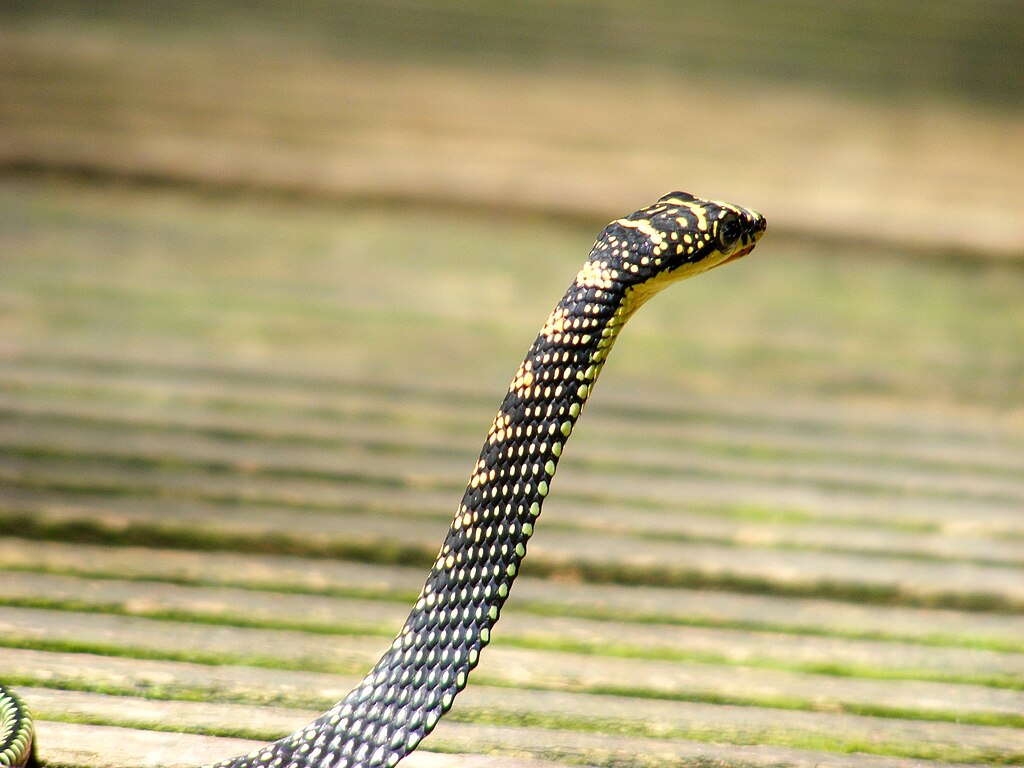
While snakes may not form emotional attachments, research suggests they can recognize familiar humans through sensory cues. Snakes primarily rely on their exceptional chemical sensing abilities—using their forked tongues to collect scent particles and their vomeronasal organ (Jacobson’s organ) to process these chemical signatures. Studies have demonstrated that some captive snakes show different behavioral responses to their regular handlers versus strangers, suggesting a form of recognition is occurring. This recognition appears to be based on scent, visual familiarity, and associated experiences (particularly whether interactions involve food or stress). However, this recognition differs significantly from the social recognition seen in dogs or cats, which involves complex emotional processing and bonding mechanisms absent in reptilian brains.
Anthropomorphism: Projecting Human Emotions onto Snakes
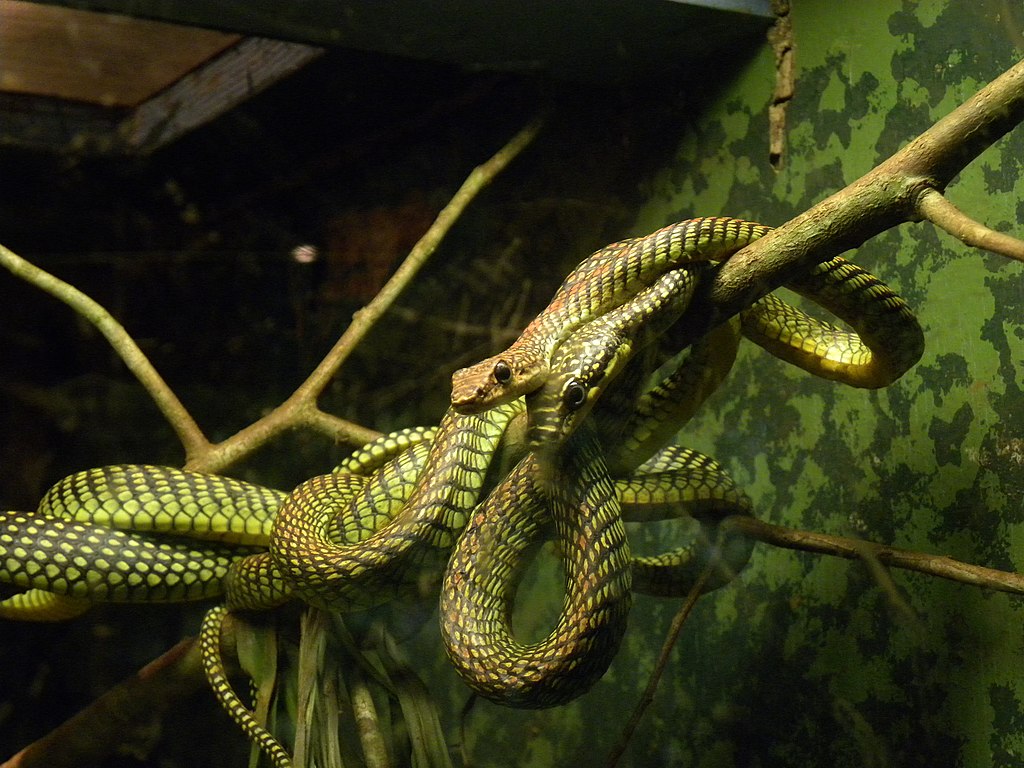
Humans have a natural tendency to anthropomorphize—attribute human characteristics, motivations, and emotions to non-human animals—especially when we care for them as pets. When a snake approaches its owner or rests calmly in their hands, it’s tempting to interpret these behaviors as affection or trust. However, herpetologists caution against this interpretation, suggesting these behaviors typically have simpler explanations related to thermoregulation, security, or habituation. Snakes seek warm surfaces (which humans provide), feel secure in enclosed spaces (like hands), and become habituated to handling when it doesn’t result in negative consequences. While anthropomorphism can strengthen human-pet bonds and enhance care, it can also lead to misinterpretations of normal snake behavior and unrealistic expectations about their capacity for emotional connection.
The Role of Classical Conditioning in Snake Behavior
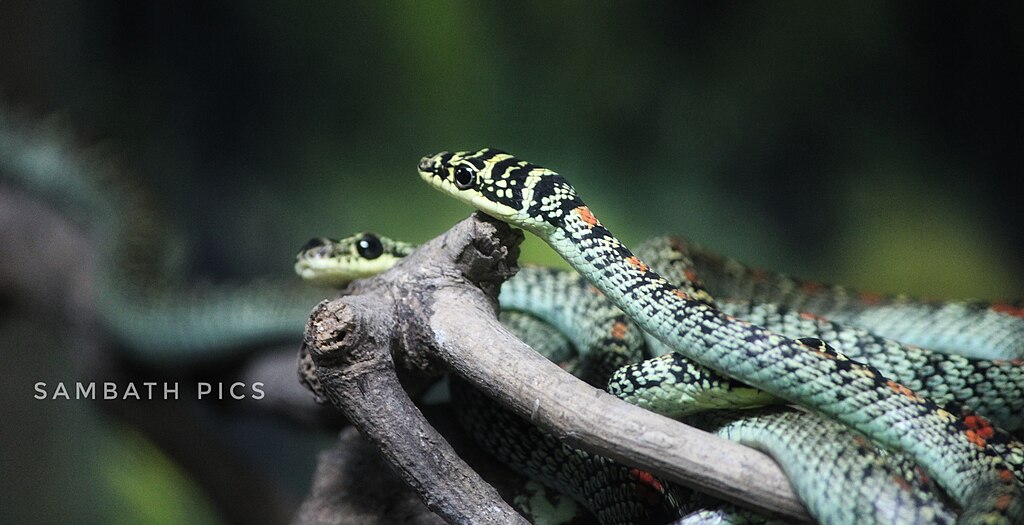
Many behaviors that snake owners interpret as “friendliness” or “affection” can be explained through classical conditioning—a form of learning through association. Through repeated positive interactions, snakes can learn to associate their owners with safety, comfortable temperatures, and food rewards. A snake that approaches the glass when its owner enters the room may simply be responding to learned associations that humans predict feeding time or handling (which provides warmth and exploration opportunities). This conditioning process creates predictable behavioral patterns that mimic friendliness but actually represent learned responses to stimuli. Understanding this distinction is crucial for setting realistic expectations about snake-human relationships while still appreciating the fascinating adaptive behaviors these animals develop in captivity.
Species Differences in Snake Sociability
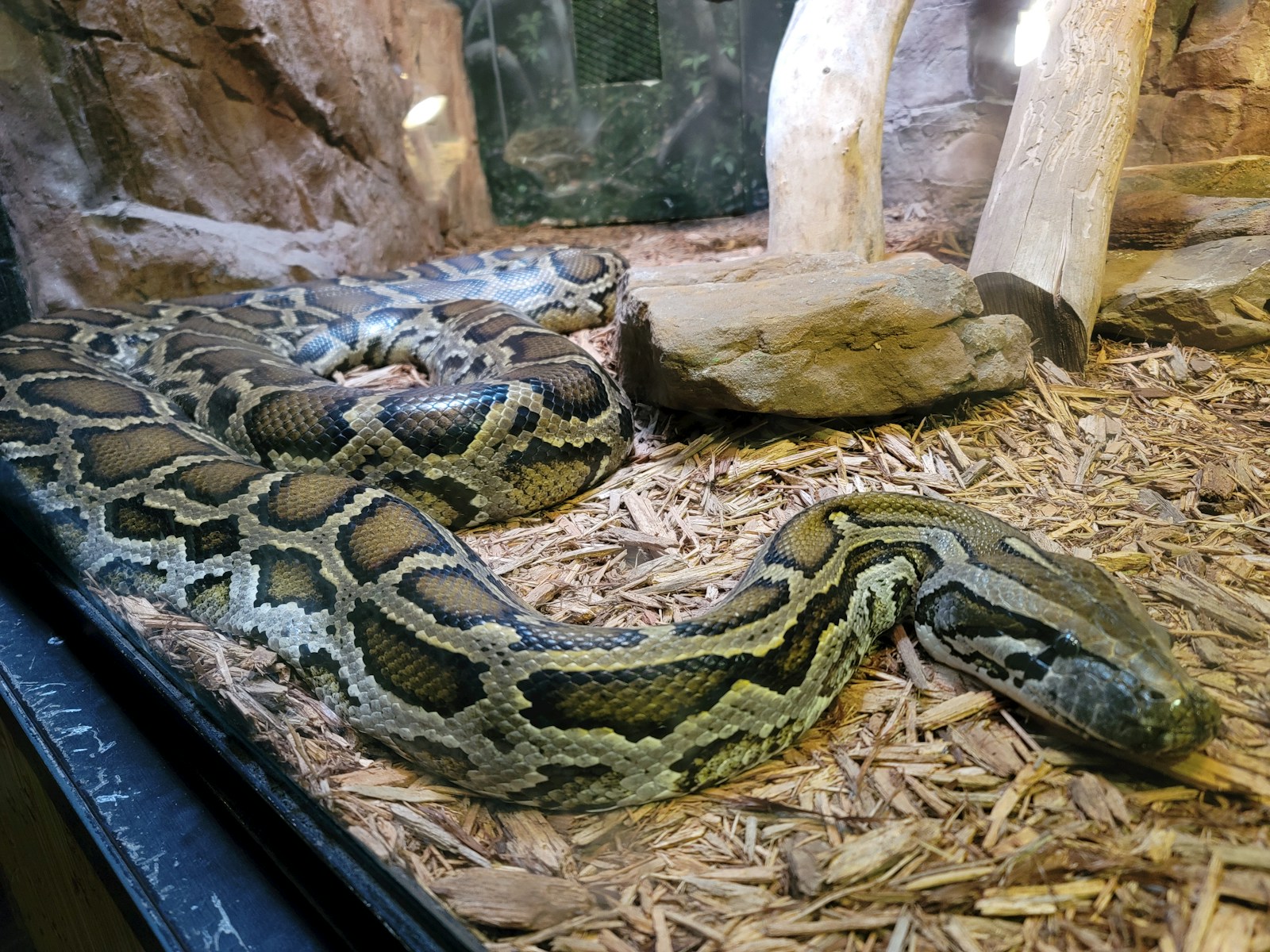
The snake world encompasses over 3,000 species with remarkable diversity in behavior, including varying tendencies toward tolerance of handling and interaction. Some species, like ball pythons and corn snakes, have earned reputations as “beginner-friendly” pets partly due to their generally docile temperaments and adaptability to captivity. In contrast, species like king cobras or black mambas remain fundamentally wild animals with little tolerance for human interaction. Even within the same species, individual snakes may show distinct behavioral tendencies based on genetics, early experiences, and environmental factors. These differences explain why some pet snakes appear more “friendly” than others—though these variations reflect differences in stress responses and temperament rather than social bonding capacity.
Habituation vs. Bonding: An Important Distinction
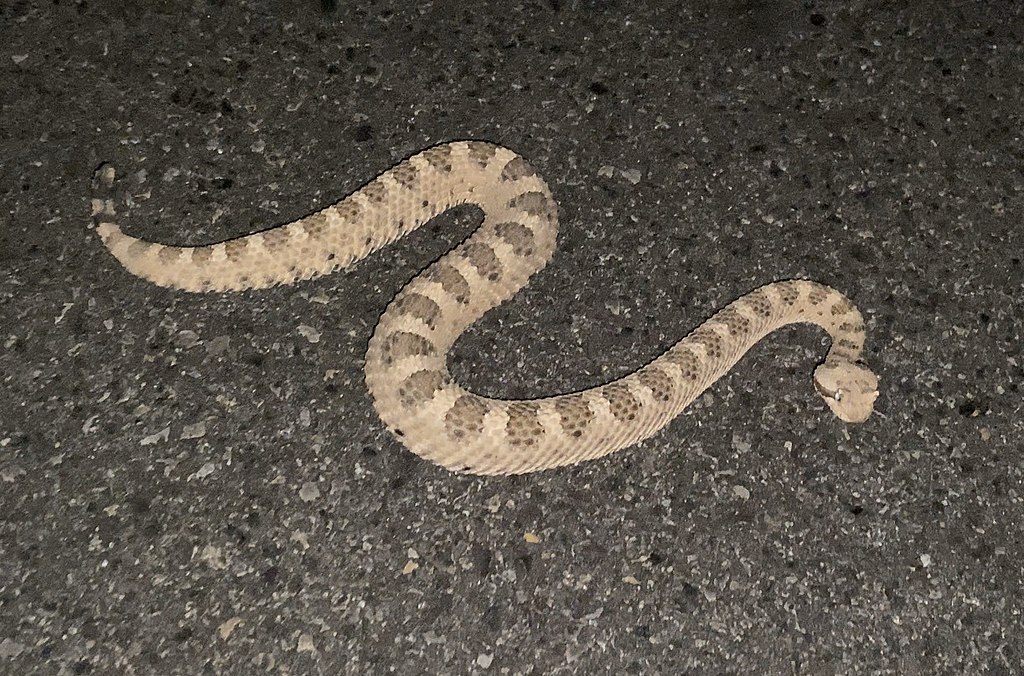
Habituation—the decreased response to a repeated stimulus—is often confused with bonding in captive snakes. When a snake stops reacting defensively to handling over time, this represents successful habituation rather than the development of affection or trust as we understand it in mammals. Essentially, the snake has learned that handling doesn’t represent a threat requiring a stress response. Wild snakes naturally view larger animals (including humans) as potential predators, making defensive behaviors their default response. Captive-bred snakes raised with regular, gentle handling from youth typically habituate more quickly than wild-caught specimens. While habituation creates positive interactions between snakes and owners, it fundamentally differs from the mutual attachment bonds formed between humans and social mammals like dogs, which involve complex emotional and neurochemical processes absent in reptiles.
The Truth About “Cuddling” Behaviors
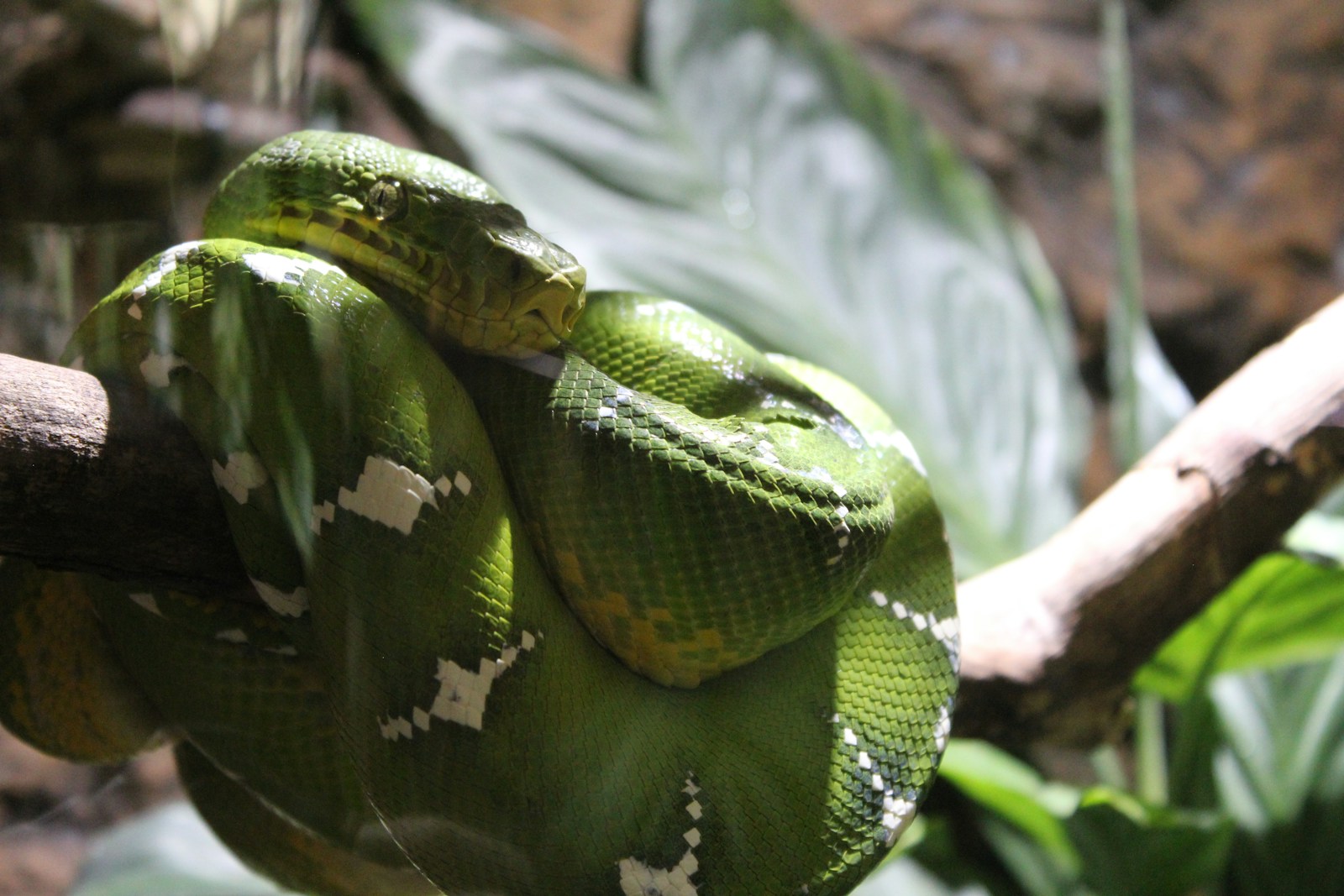
Snake owners often share photos or videos of their pets “cuddling” or seemingly seeking affection by wrapping around their necks, arms, or torsos. These behaviors, while appearing affectionate, actually serve distinct biological purposes for the snake. Constricting species naturally wrap around objects for security and stability, preventing falls and providing a sense of physical safety. All snakes, constrictors or not, seek optimal temperature zones, and the human body provides a consistent heat source around 98.6°F (37°C). When a snake drapes across an owner’s shoulders or wraps around an arm, it’s primarily seeking warmth and physical stability rather than emotional connection. Understanding these biological motivations helps explain why snakes may “cuddle” more during cooler periods or seek particular body areas that provide optimal temperatures for their species needs.
Do Snakes Experience Pleasure from Handling?
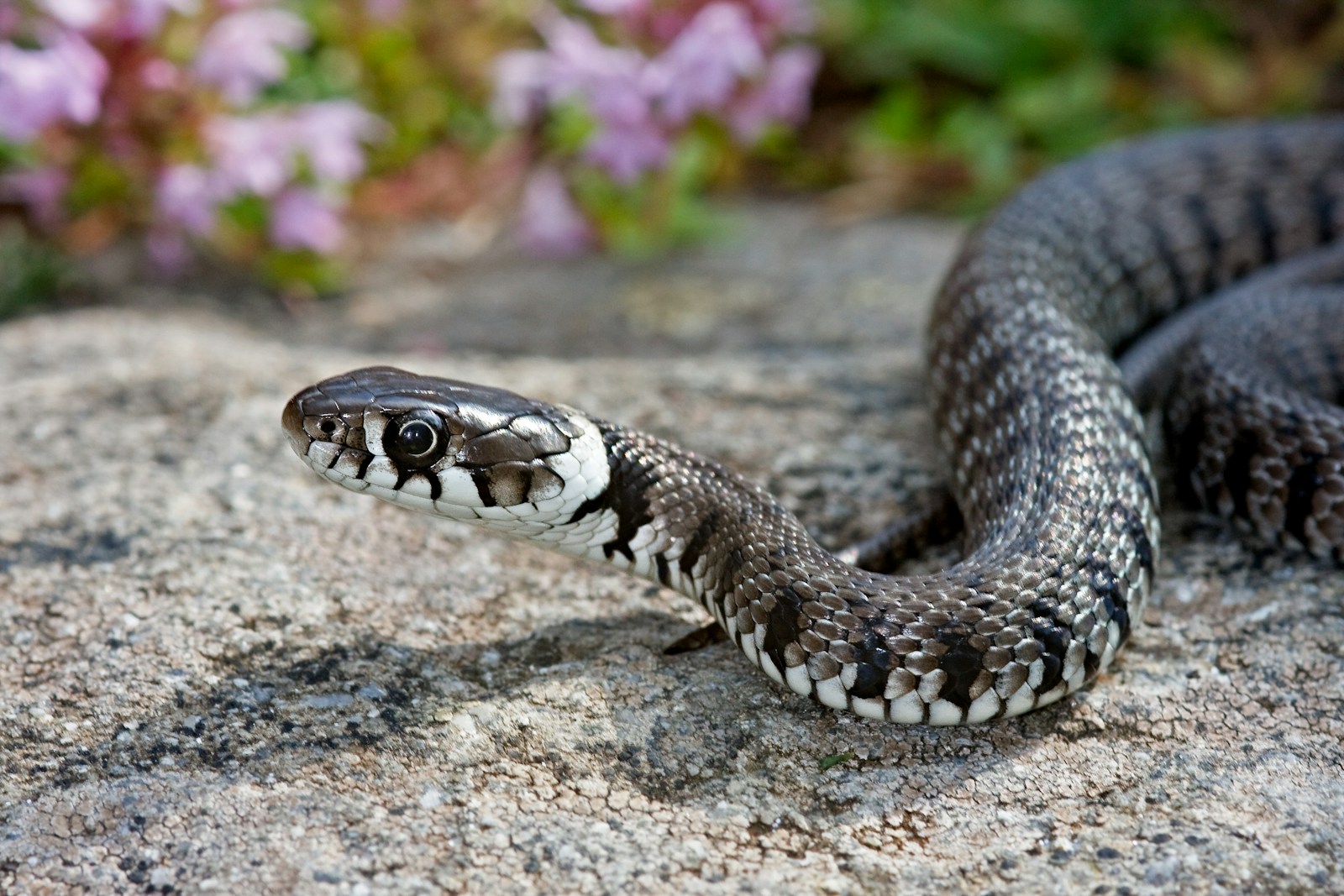
Whether snakes experience pleasure from human interaction remains an open scientific question with limited research. While snakes lack the neurological structures associated with complex emotions, they do possess neural pathways that respond to positive and negative stimuli. Some researchers suggest snakes may experience primitive forms of contentment when basic needs are met—appropriate temperature, security from perceived threats, and freedom from stress. Gentle handling that respects the snake’s comfort zones and provides physical support may create positive associations through reduction of stress and provision of optimal environmental conditions. However, these experiences differ fundamentally from the pleasure derived from social bonding in mammals, which involves oxytocin and other neurochemicals associated with the limbic system. Most herpetologists agree that while snakes may tolerate or even seek handling under certain conditions, interpreting this as enjoyment or affection likely overestimates their emotional capacity.
Interpreting Snake Body Language Accurately
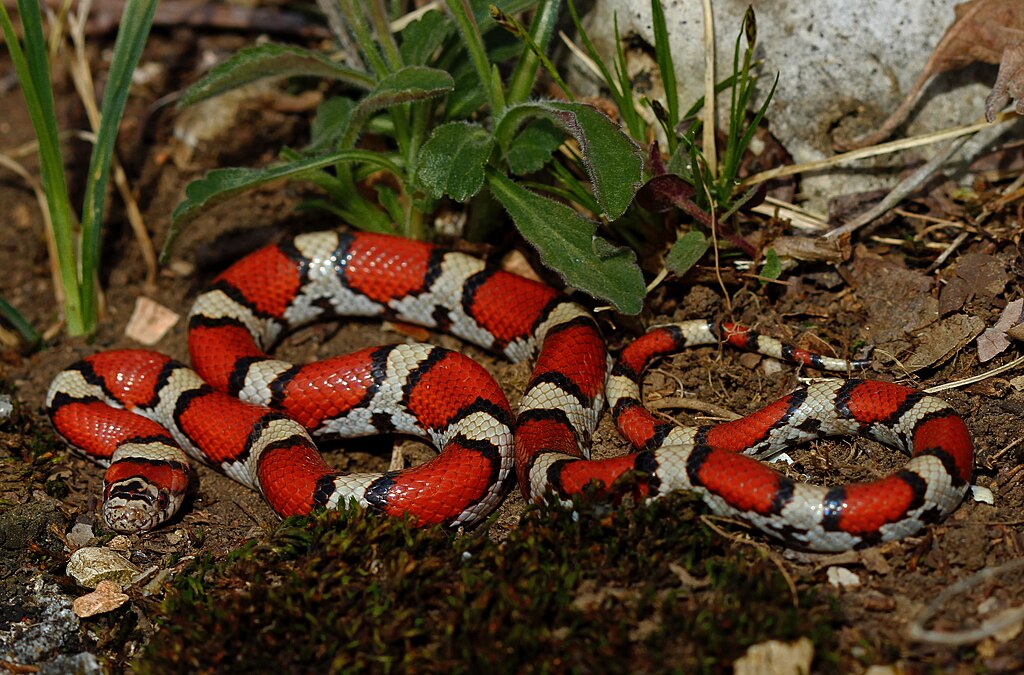
Learning to interpret snake body language provides valuable insight into their comfort levels and stress responses during human interactions. Relaxed snakes typically move smoothly, maintain normal breathing patterns, and explore their surroundings with gentle tongue flicking. Their bodies remain loose rather than tense, and they show no defensive postures. In contrast, stressed or threatened snakes may display rapid breathing, tense muscles, defensive postures (such as S-shaped coiling), excessive or frantic movement, or attempts to flee. Some species exhibit specific stress signals—ball pythons may form tight balls, while many colubrids will musk (release defensive odors) when frightened. By accurately reading these signals, owners can distinguish between a snake that merely tolerates handling and one that is actively distressed by the interaction. This understanding allows for more respectful and less stressful human-snake interactions.
The Ethics of Keeping Solitary Animals as Pets
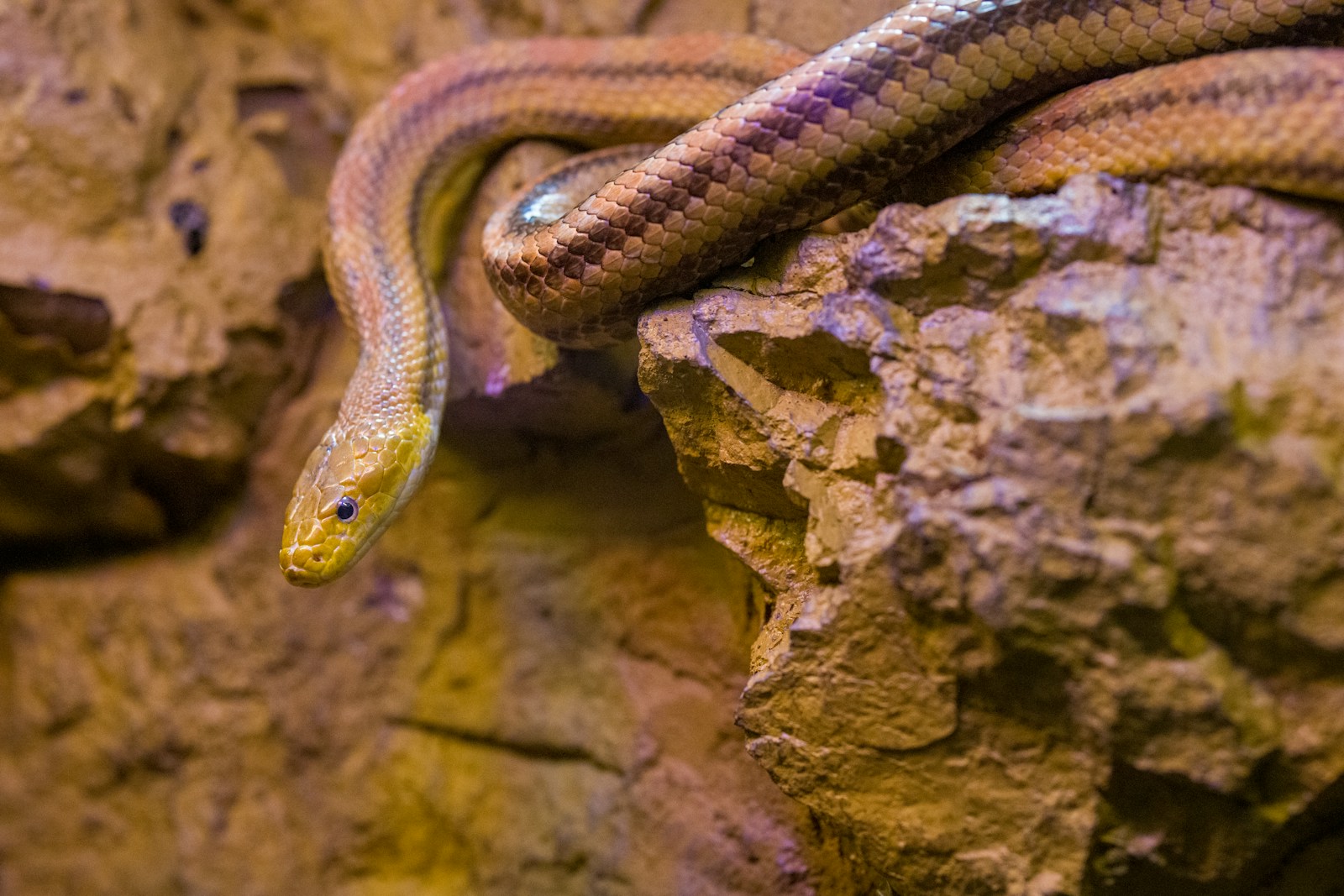
Unlike dogs and cats, which evolved alongside humans and developed social adaptations to human companionship, snakes evolved as primarily solitary animals with limited social needs. This raises important ethical questions about keeping them as companion animals. Responsible snake ownership requires acknowledging and accommodating their true nature rather than expecting them to fulfill human social needs. Providing appropriate enclosure size, temperature gradients, hiding places, and enrichment opportunities respects their biological imperatives more than frequent handling or social interaction. Many experienced keepers advocate a “less is more” approach to handling, particularly with sensitive species or individuals. This perspective views snakes as fascinating wild animals we have the privilege of observing and caring for, rather than as companions seeking human connection—a framework that better serves both snake welfare and owner satisfaction.
Creating Positive Interactions with Captive Snakes
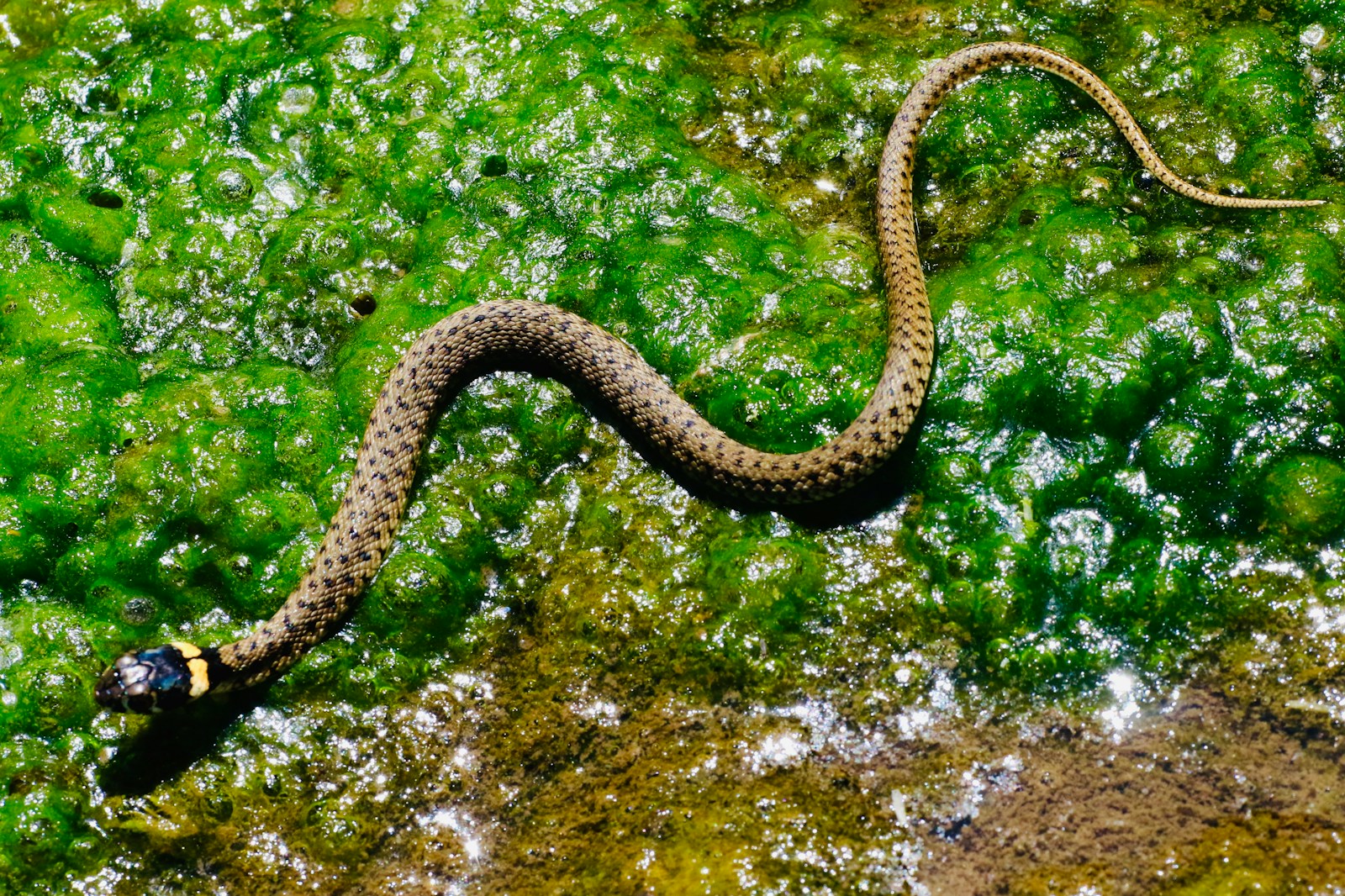
While snakes may not form emotional bonds, owners can still develop positive relationships based on respect for their nature and needs. Successful snake-human relationships begin with species-appropriate housing, temperatures, and feeding schedules—meeting these basic requirements reduces stress and promotes natural behaviors. Handling sessions should remain brief initially (5-15 minutes), gradually increasing as the snake habituates, and always with attention to body language signaling stress or discomfort. Using proper support techniques—supporting the snake’s entire body without restraining movement—creates more positive associations with handling. Consistency in handling approach, scent (avoiding strong perfumes or handling other animals before snakes), and minimizing sudden movements helps snakes predict interactions and reduce defensive responses. These practices don’t create emotional bonds but do develop a relationship based on predictability and stress reduction.
What Long-term Snake Keepers Have Observed
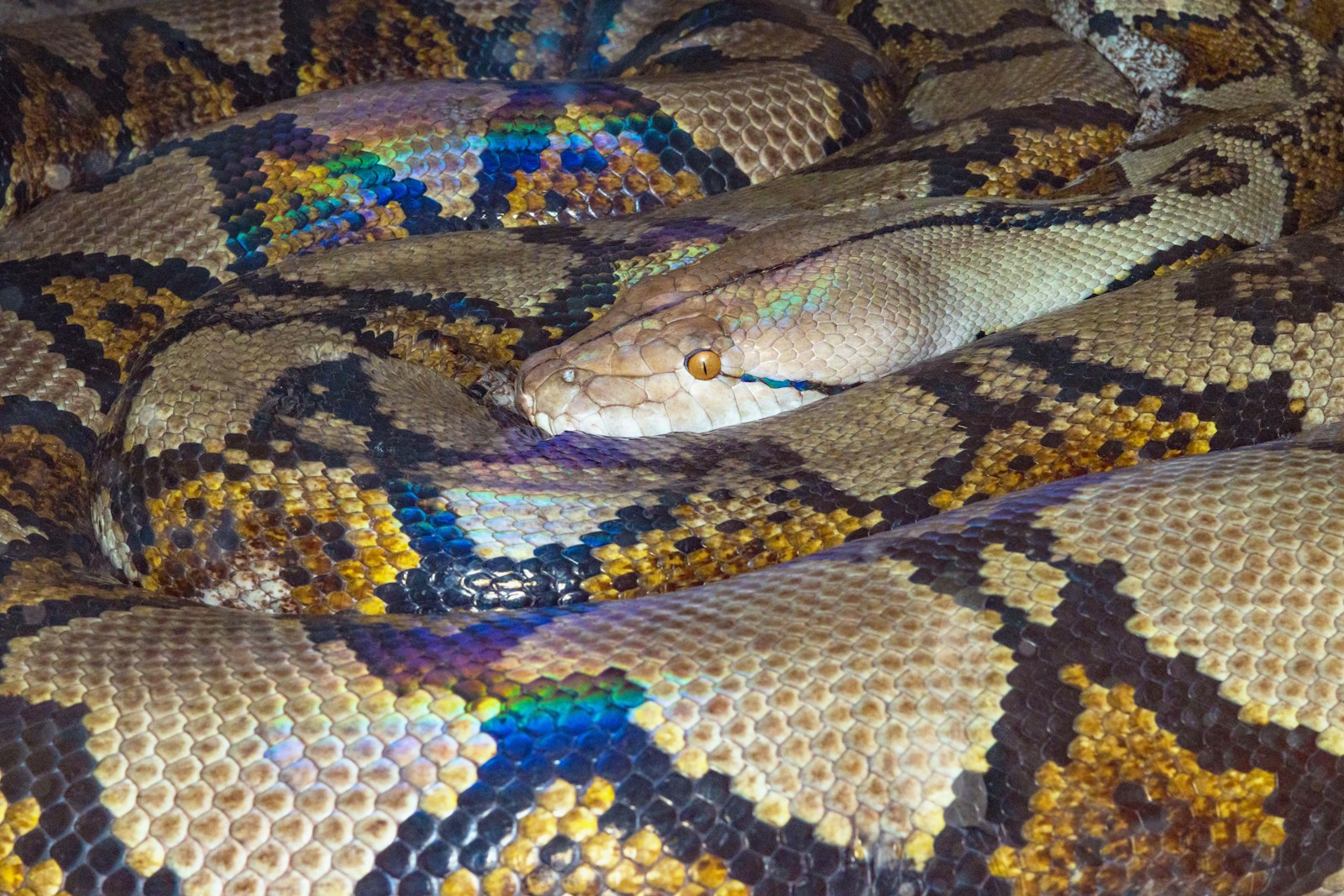
Experienced snake keepers who have maintained relationships with individual snakes for decades offer valuable observational insights into long-term behavioral patterns. Many report that snakes become increasingly tolerant of routine handling over years, showing marked differences in stress responses compared to their younger selves. Some keepers document individual preferences in their snakes—preferences for certain handling styles, environmental conditions, or even apparent recognition of familiar handling routines. Interestingly, keepers of exceptionally long-lived species like ball pythons (which can live 30+ years) or certain boas and pythons sometimes report subtler forms of recognition developing over decades of interaction. While these observations remain anecdotal rather than scientifically validated, they suggest that the full complexity of reptilian cognition and behavior patterns may not yet be fully understood by science, particularly regarding long-term familiarization with specific humans over extended periods.
Conclusion: Appreciating Snakes for What They Are
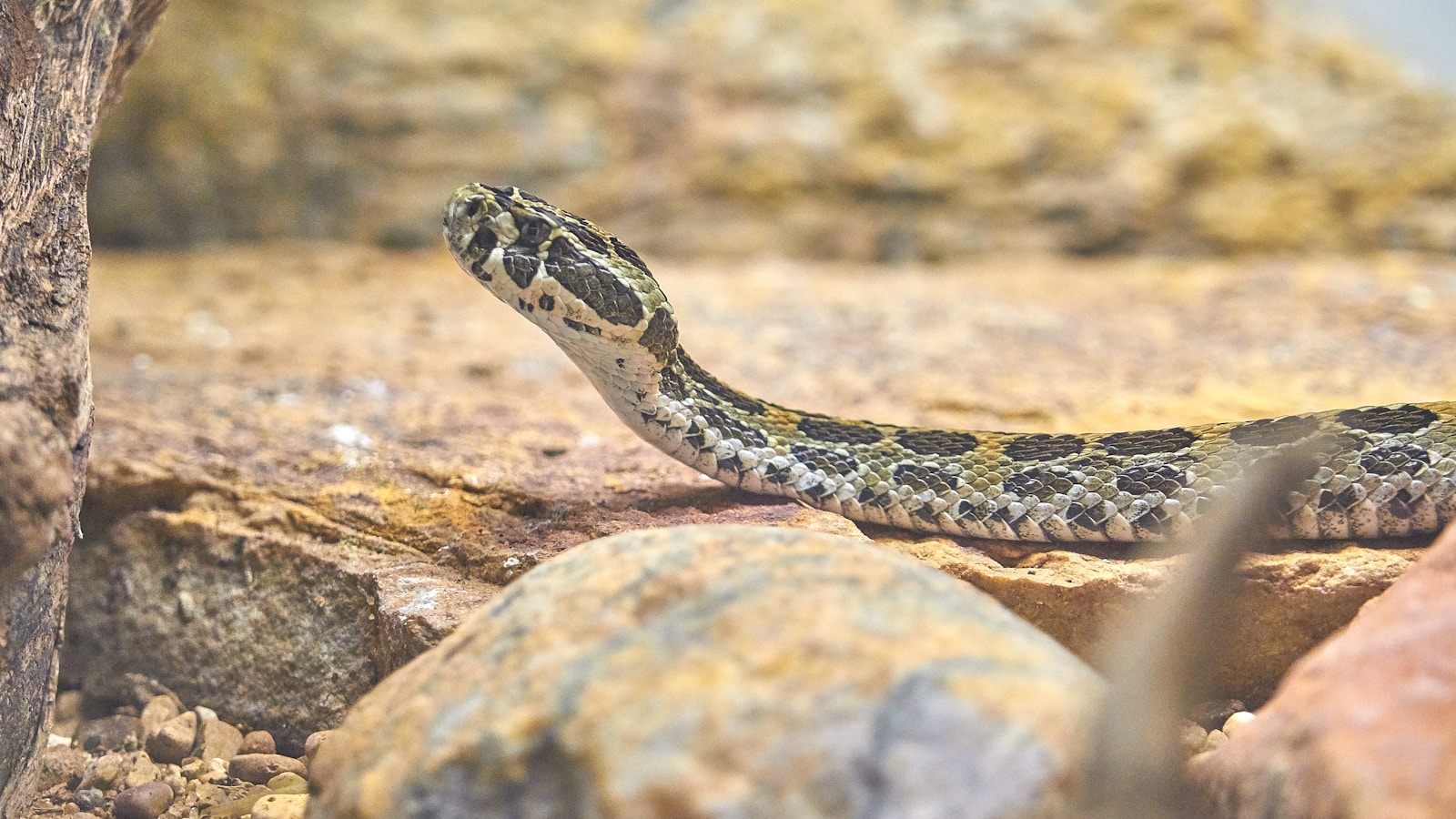
The question of whether snakes can bond with humans ultimately leads us to a deeper appreciation of these remarkable animals on their own terms. While scientific evidence doesn’t support the existence of emotional bonds comparable to mammals, snakes do recognize their keepers, form associations, and can develop tolerance or even preference for familiar handlers. The most fulfilling snake-human relationships develop when we respect their nature as primarily solitary predators with specific environmental needs rather than expecting them to fulfill our desire for emotional connection. There’s a unique satisfaction in caring for an animal so different from ourselves—a creature whose ancestors predated mammals by millions of years, with sensory experiences and cognitive processes alien to our mammalian understanding. Appreciating snakes for their actual capabilities rather than anthropomorphized versions of them leads to better welfare for the animals and more realistic expectations for their keepers, ultimately creating more harmonious relationships between these ancient reptiles and the humans who find them so fascinating.

